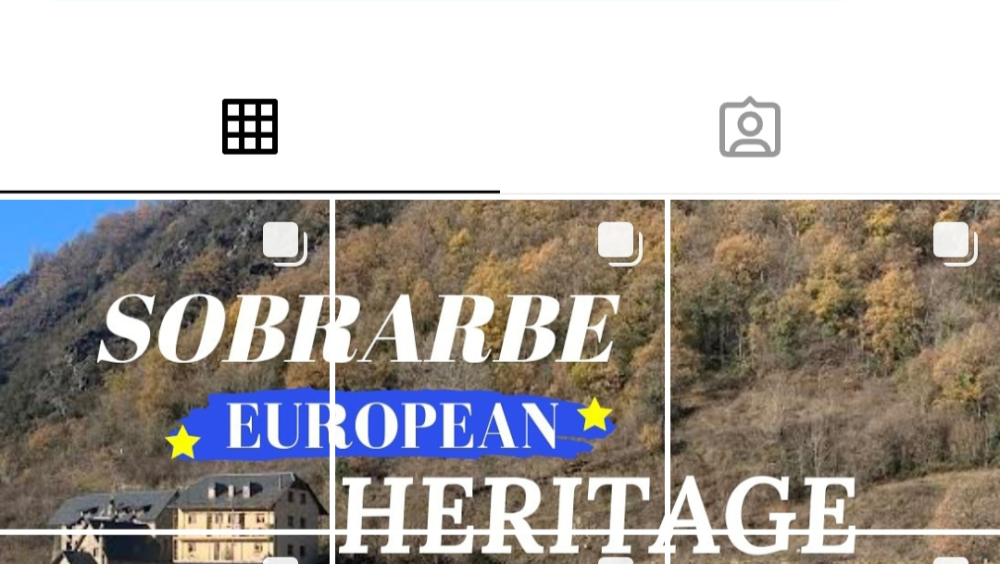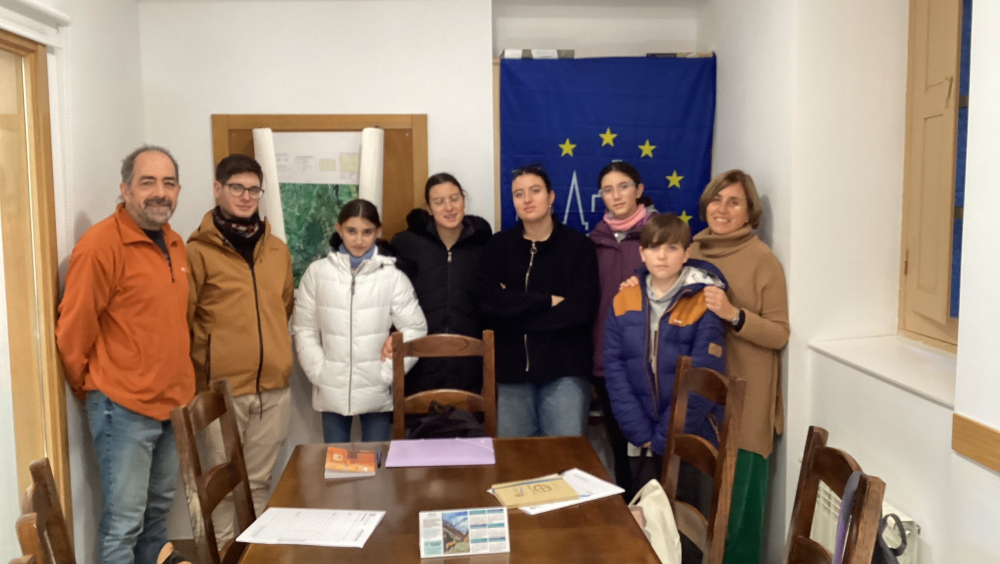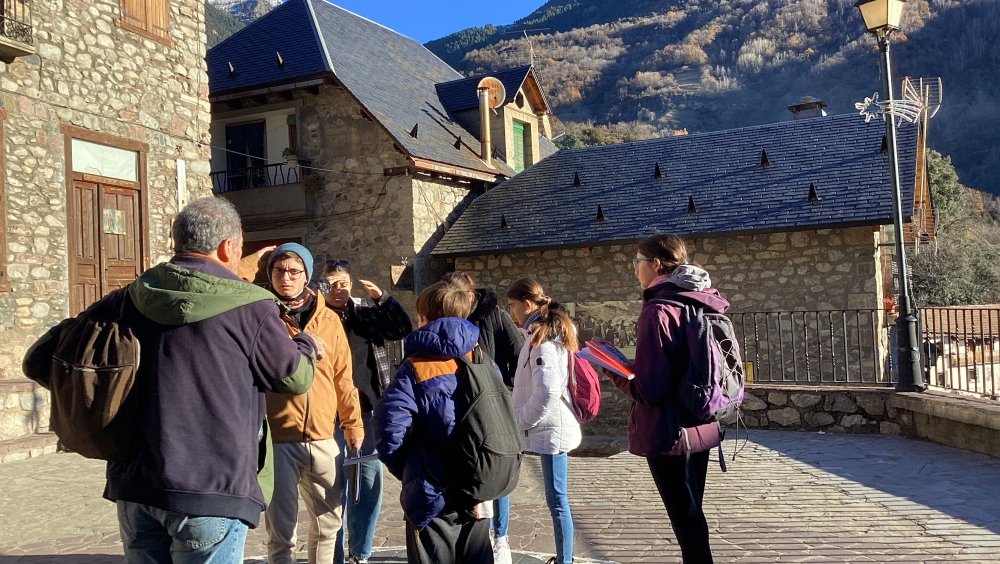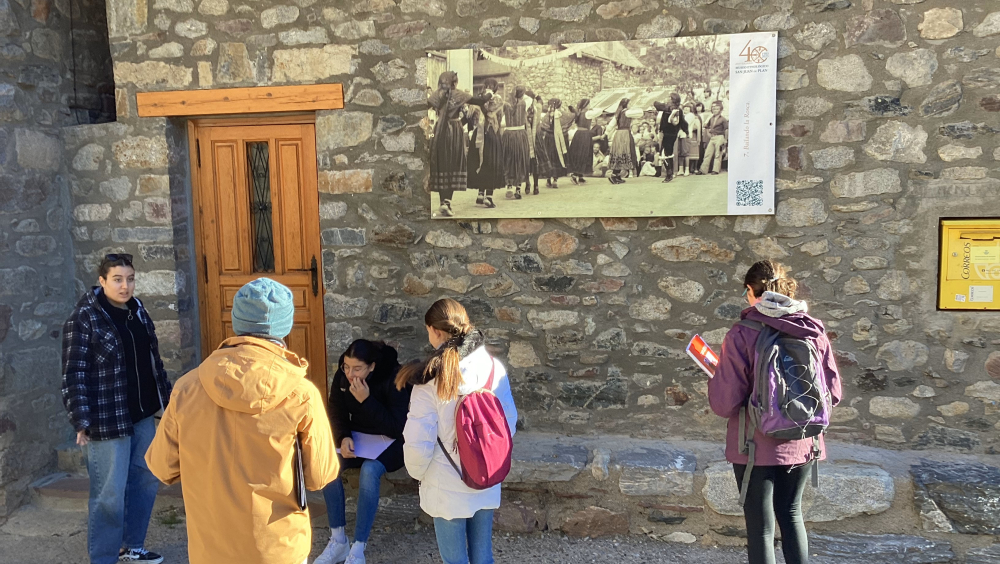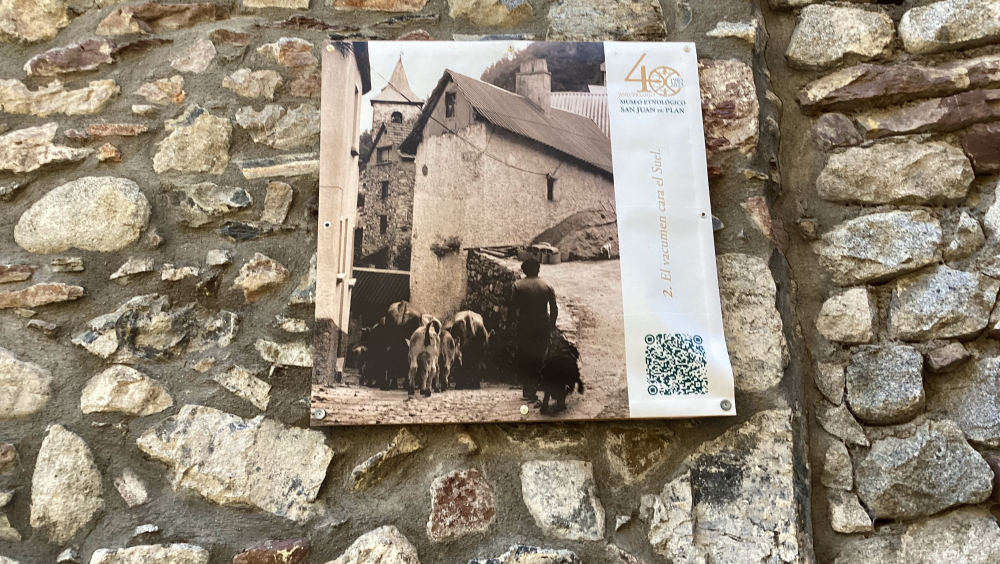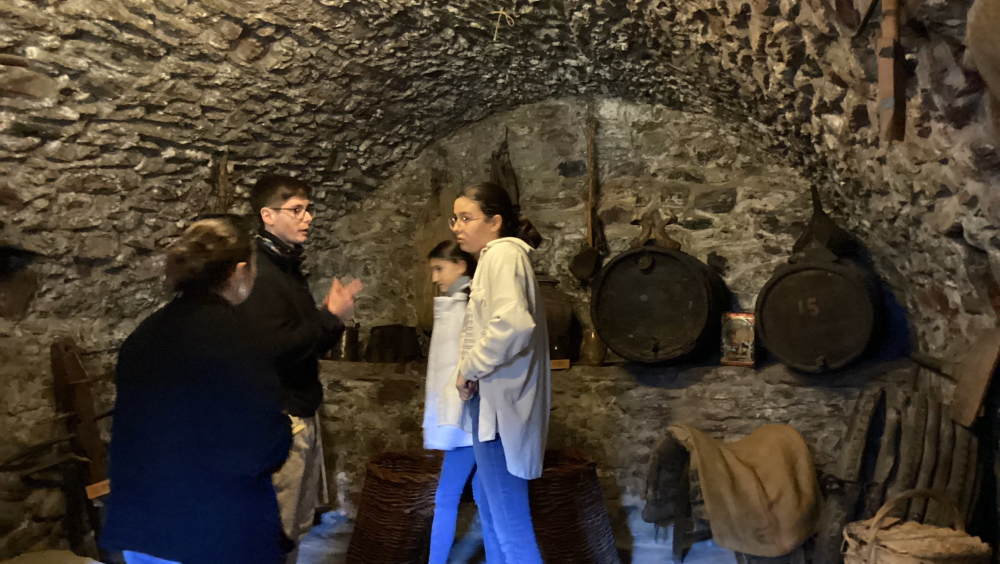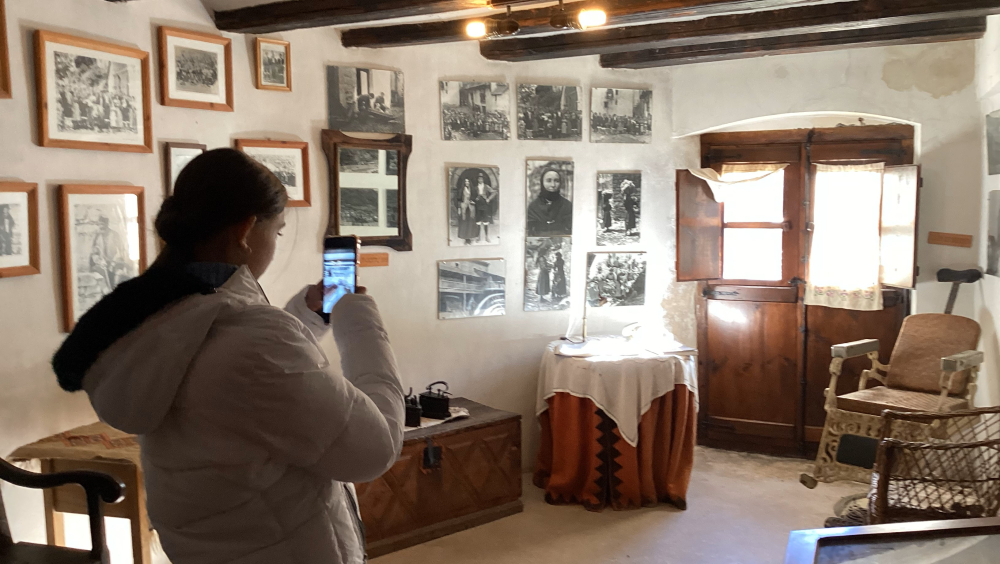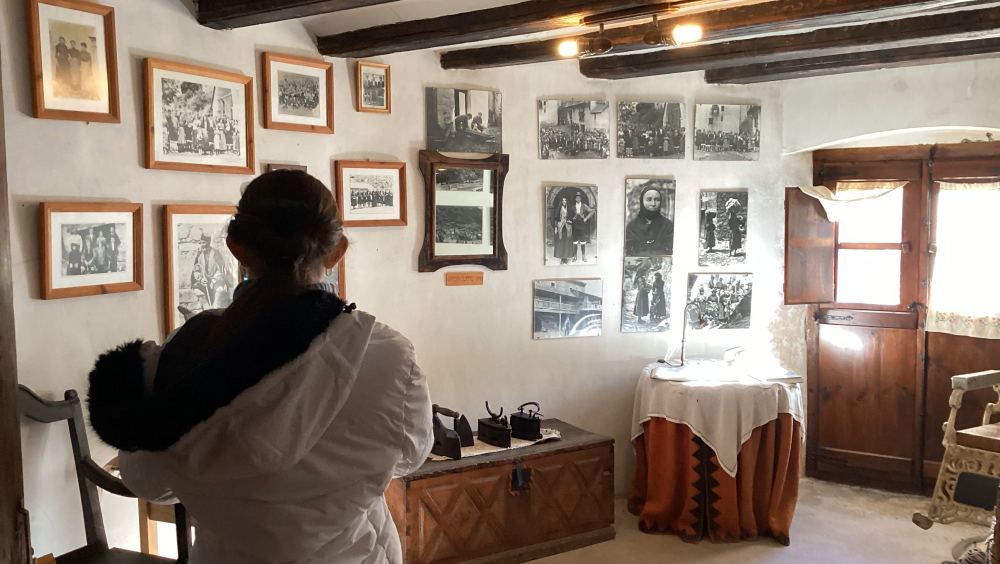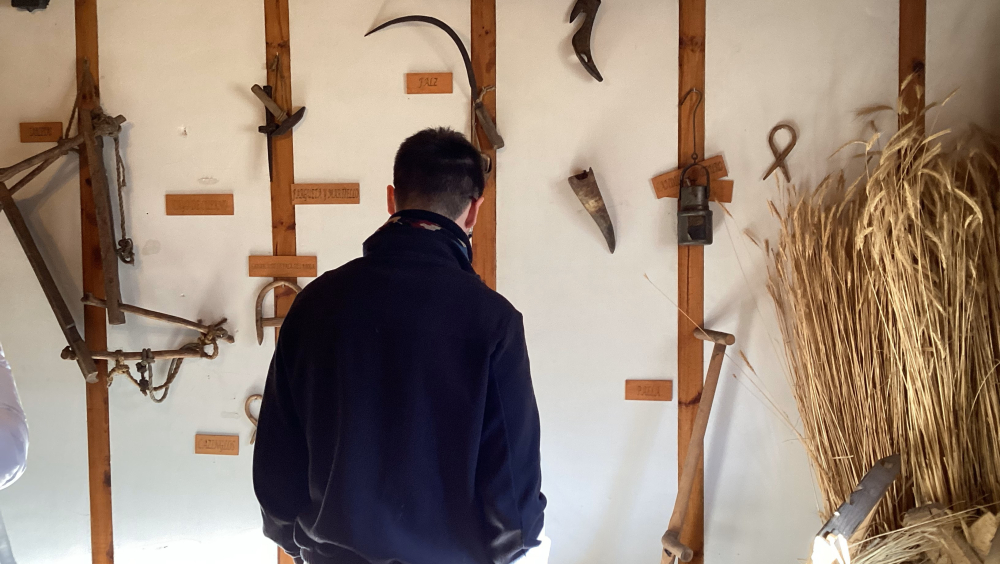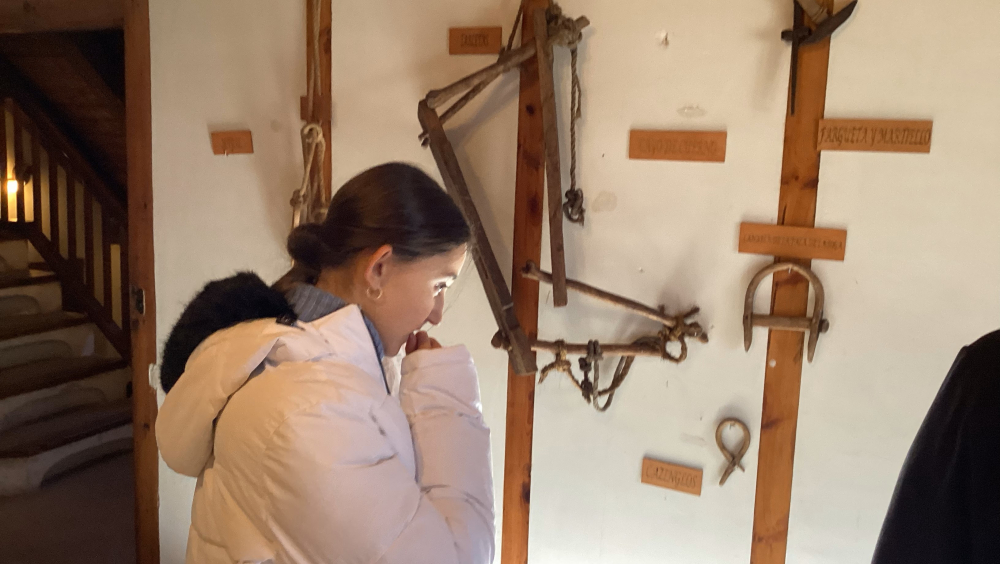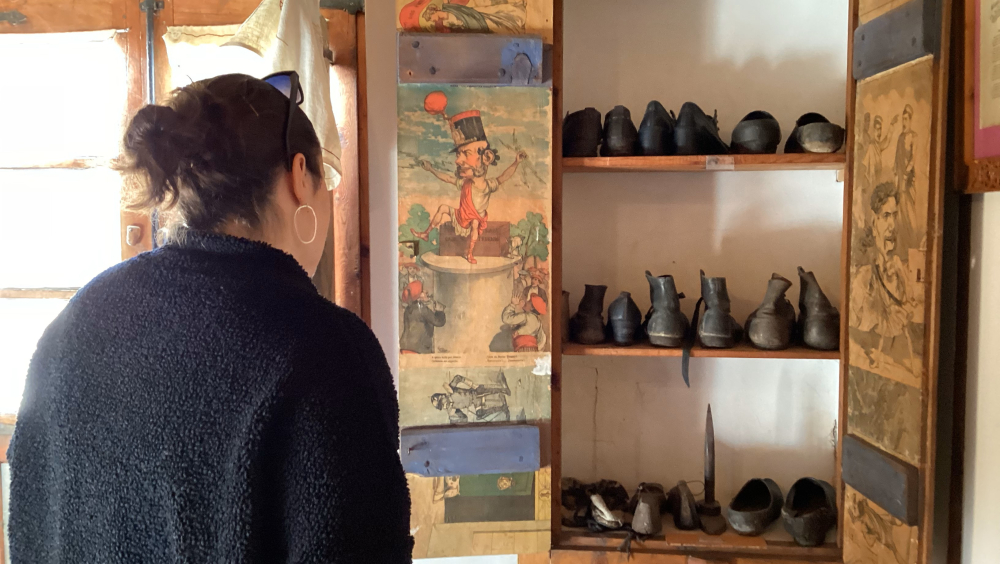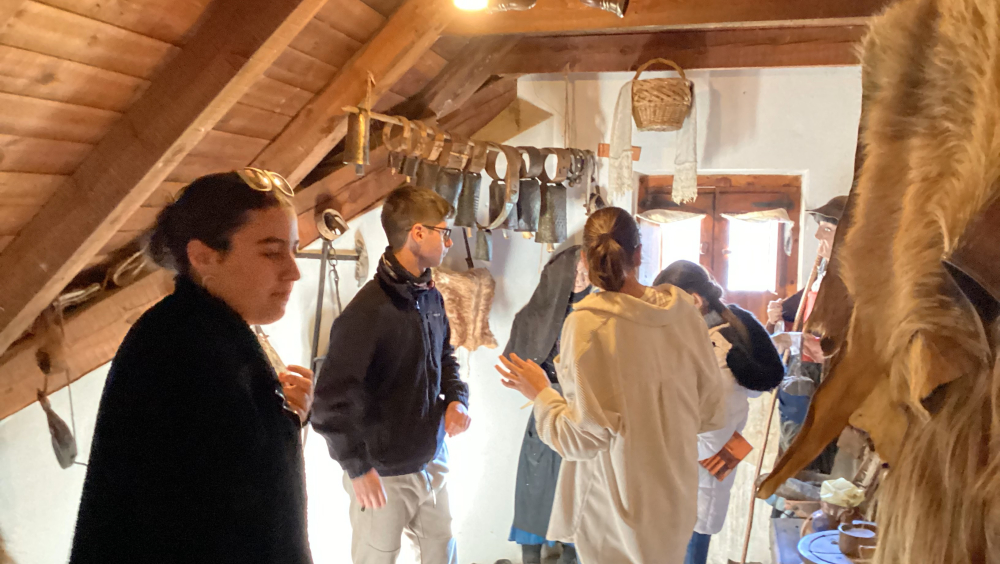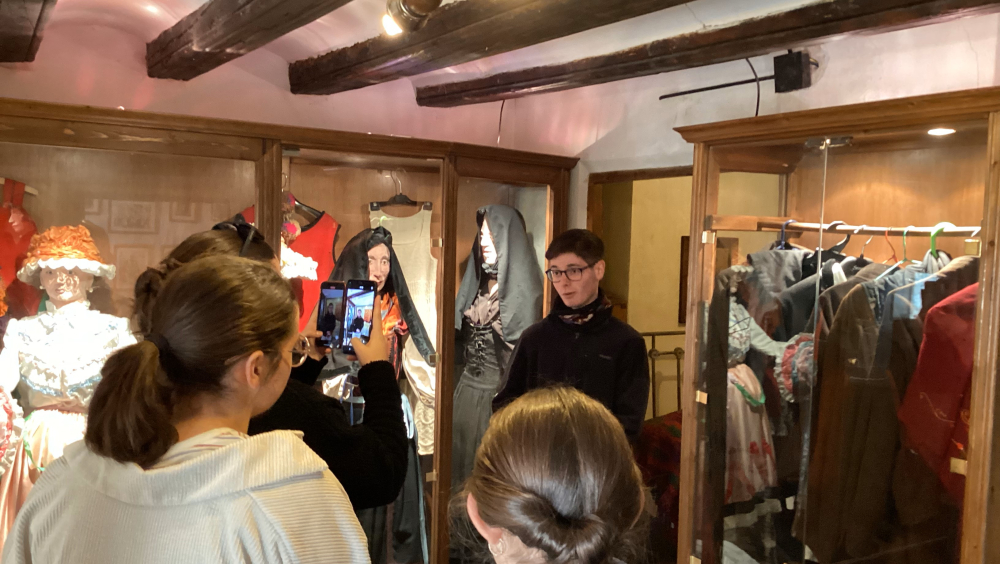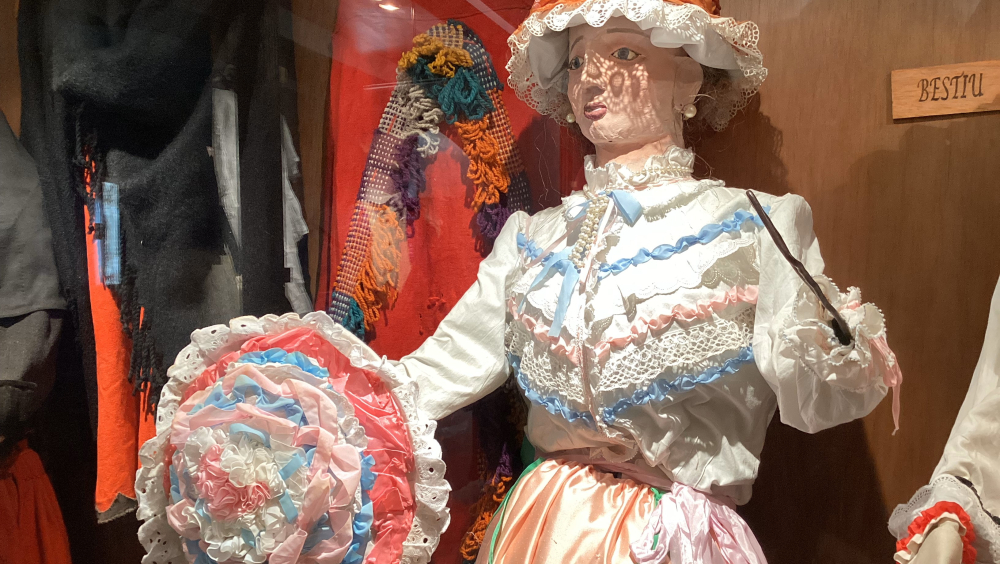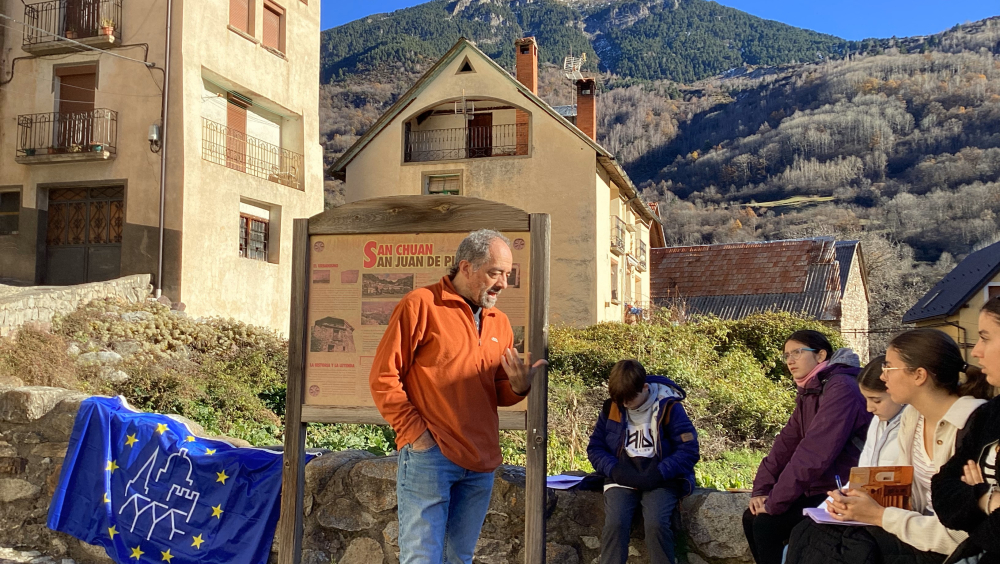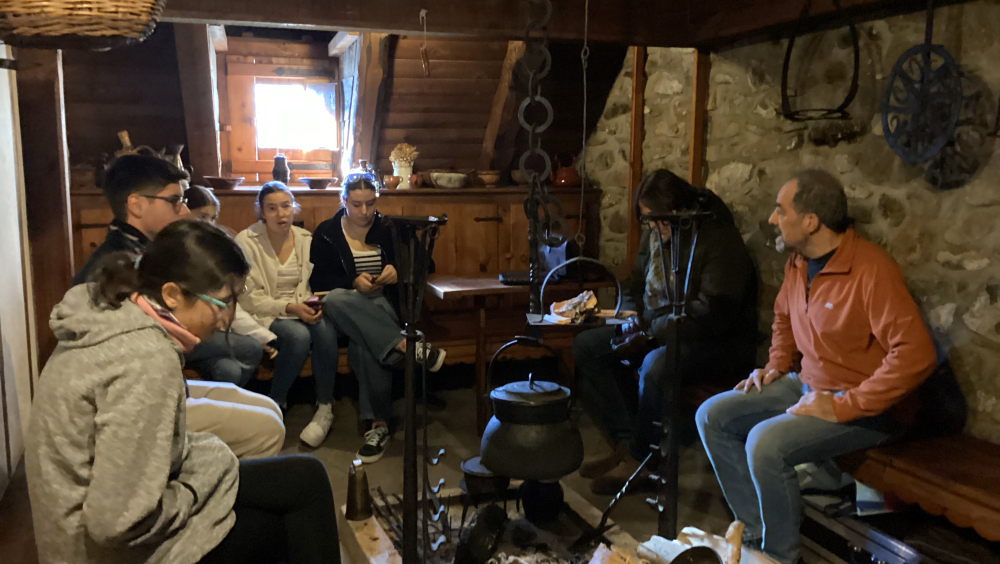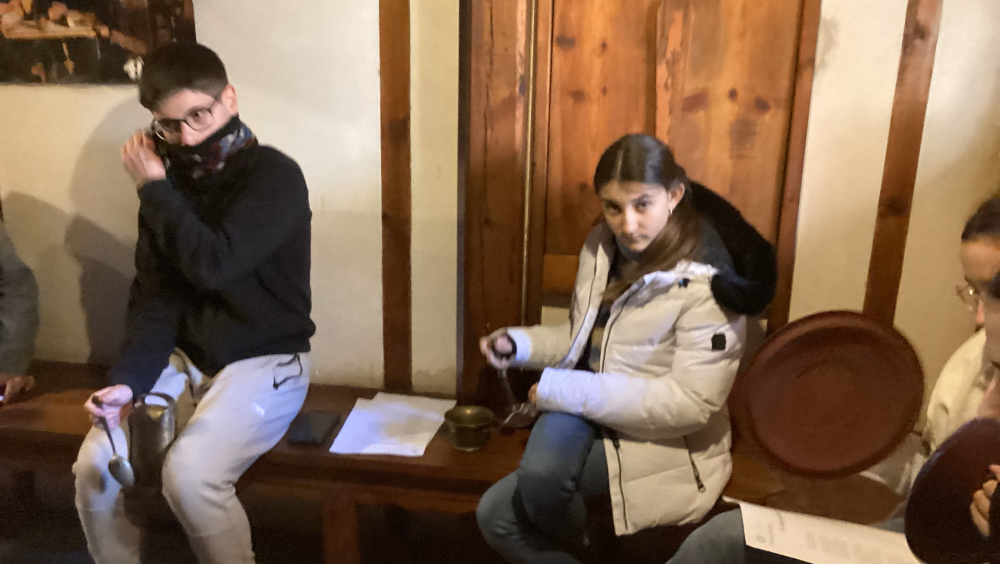Orgullos@s de nuestra herencia cultural
The young people living in the region of Sobrarbe (Huesca-Aragon-Spain) want to show the world that our heritage is a "LIVING HERITAGE," and that is why we have decided to participate in the European Heritage Makers contest.
Our region has a great intangible and tangible heritage inherited from our ancestors. We are very proud of this heritage that has shaped our childhood stories, our place names, our music and dances, our language, and, of course, the festivals that we continue to celebrate today.
We have created the Instagram account @young_heritage_sobrarbe, and to present it, we have chosen a quote by Mahatma Gandhi that says: "I want the cultures of the world to blow over my house as freely as possible. But I refuse to be blown away by any of them," because we believe that the cultural heritage of each people is unique and should be respected, but that altogether, they should convey what Europe is. And that all Europeans have the right to know it and enjoy it.
https://www.instagram.com/young_heritage_sobrarbe?igsh=b2dhYjRscno3NTky
To show a piece of Sobrarbe to the world, we have chosen the village of San Juan de Plan (in the Chistau Valley - Aragonese Pyrenees) and its small museum. And what better way to do it than through social media, where people from all over Europe and all over the world come together.
More than 40 years ago, the local community began to recover elements of their heritage such as dances, music, instruments, clothing, everyday objects, legends, and traditions... and all of this can be enjoyed today at the Ethnological Museum of San Juan de Plan.
Perhaps the culture and tradition of this valley have been so well preserved because until the early 20th century there was no road, and access could only be through dirt roads.
This museum is a clear example of how the residents of this village have known how to preserve their heritage.
This museum houses a very special collection consisting of different furniture from the traditional house, the most common tools of the shepherds, clothing and everyday objects, among others. You can visit its kitchen, the attic, the bedrooms... to live a true immersive experience.
Los jóvenes que vivimos en la comarca de Sobrarbe (Huesca-Aragón-España) queremos mostrar al mundo que nuestro patrimonio es un “PATRIMONIO VIVO” y por eso hemos decidido participar en el concurso European Heritage Makers.
Nuestra comarca cuenta con un gran patrimonio inmaterial y material, heredado de nuestros antepasados. Y nosotros estamos muy orgullosos de esta herencia con la que nos hemos criado, que protagoniza los cuentos de nuestra infancia, nuestros topónimos, nuestra música y bailes, nuestra lengua y, por supuesto, las fiestas que seguimos celebrando hoy en día.
Hemos creado la cuenta de Instagram @young_heritage_sobrarbe y para presentarla hemos elegido una cita de Mahatma Gandhi que dice así: “Quiero que las culturas del mundo soplen sobre mi casa tan libremente como sea posible. Pero me niego a ser barrido por ninguna de ellas”, porque creemos que el patrimonio cultural de cada pueblo es único y debe ser respetado, pero que todos ellos en conjunto deben transmitir lo que es Europa. Y que todos los europeos tenemos derecho a conocerlo y disfrutarlo.
https://www.instagram.com/young_heritage_sobrarbe?igsh=b2dhYjRscno3NTky
Para mostrar un pedacito de Sobrarbe al mundo hemos escogido el pueblo de San Juan de Plan (en el Valle de Chistau- Pirineo Aragonés) y su pequeño museo. Y qué mejor modo de hacerlo que a través de las redes sociales, donde nos unimos personas de toda Europa y de todos los lugares del mundo.
Hace más de 40 años un grupo de vecinos comenzó a recuperar elementos de su patrimonio como bailes, música, instrumentos, vestimentas, objetos de la vida cotidiana, leyendas y tradiciones… y todo ello puede disfrutarse hoy en el Museo Etnológico de San Juan de Plan.
Probablemente la cultura y tradición de este valle se ha conservado tan bien porque hasta comienzos del siglo XX no existía ninguna carretera, sino que solo se podía acceder a través de caminos de tierra.
Este museo es un claro ejemplo de cómo los vecinos de este pueblo han sabido conservar su patrimonio.
Esta casa-museo alberga una colección muy especial compuesta por los diferentes muebles de la casa tradicional, los útiles más comunes de los pastores, la vestimenta y objetos de la vida cotidiana, entre otros. Se puede visitar su cocina, la falsa (desván), las alcobas… para vivir una verdadera experiencia inmersiva.
Y esta experiencia es aún más interesante cuando los vecinos nos narran su historia en chistavín, una variante de lengua aragonesa propia de la Bal de Chistau (Valle de Chistau). Os invitamos a descubrir esta lengua escuchando la faloria d’es Lacuercos, la leyenda de lacuerco un animal mítico, especie de “culebrota con patas y pelo”.
